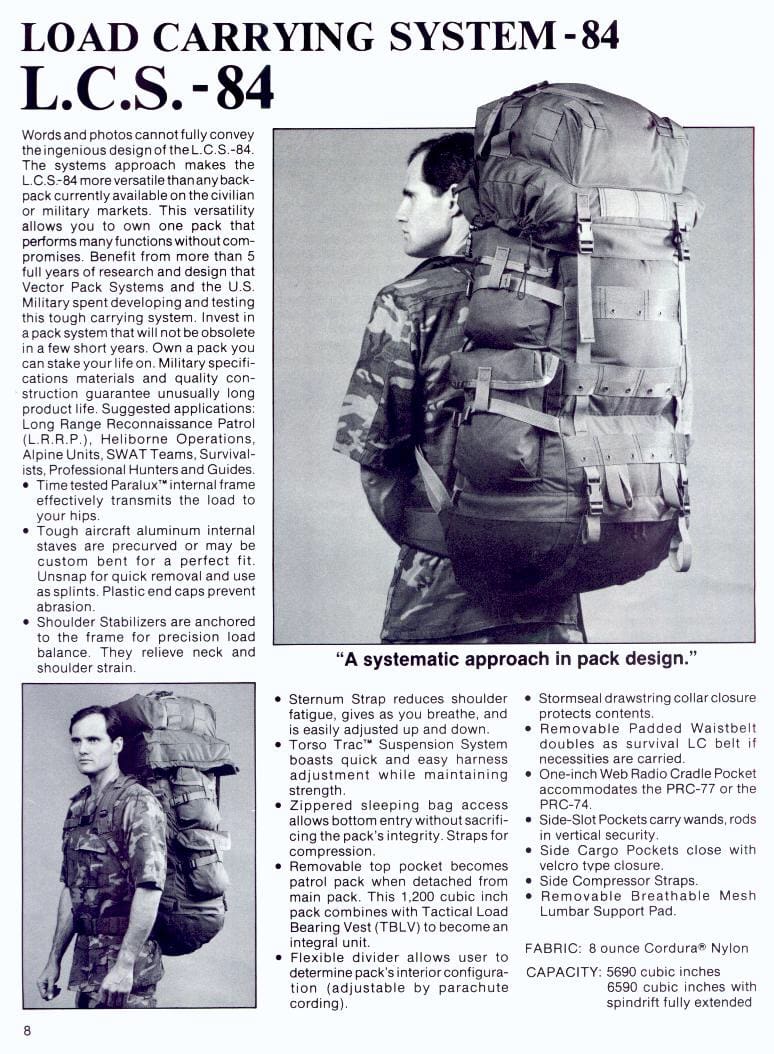VANCOUVER, B.C. – February 21, 2017 – Mission Ready Services Inc. (“Mission Ready” or the “Company”) (TSX-V : MRS) is pleased to announce that the closing of the previously announced acquisition of the business and certain assets of Wild Things, LLC (the “Transaction”) is scheduled for February 24, 2017 valued at USD $4.5 million.
Pursuant to the Transaction, Mission Ready is acquiring the business of Wild Things, LLC and certain assets including inventories, manufacturing equipment, patents, material contracts, intellectual property, current outstanding purchase orders and the 2017 sales pipeline. This transaction is preceded by the closing of an agreement between a Japanese trading corporation (name withheld due to legal requirements) and Wild Things, LLC for the sale of certain Wild Things trademarks in Asia, including China and Japan and an exclusive trademark license and distribution agreement. The Wild Things heritage logo has been marketed in Japan under license for the past 20 plus years and these efforts will now be expanded.
Rod Reum, CEO & President of Mission Ready states, “We are very excited to be adding such a premium brand as Wild Things to our portfolio to complement our Protect The Force brand. We extend a warm welcome to the talented team at Wild Things. The merger of Wild Things with Mission Ready will allow both Wild Things and our PTF Manufacturing Inc. to significantly expand their reach into their current markets as well as have new markets opened up for each entity.”
“This is a huge deal for Wild Things”, said Ed Schmults, CEO of Wild Things. “To have a global powerhouse for a distribution partner in Asia is very significant for us as well as for some of the product lines of Protect The Force. All of us at Wild Things are thrilled to be working with Rod and the MRS team. These are two complementary businesses that mesh very well together. I think the timing is excellent for MRS and Wild Things to combine resources and take advantage of market opportunities. This sale allows us to significantly strengthen our balance sheet, return capital to shareholders and invest in the growth and development of our business”, said Schmults.
License and Distribution Agreement
Further to a November 2015 agreement providing exclusive import/distribution and master license rights for the Wild Things heritage brand in the Japanese market and precedent to Mission Ready’s purchase, Wild Things, LLC was in negotiations to sell certain trademark rights for Japan and several other Asian countries and has recently concluded that sale. Outside of these countries Wild Things retains ownership and all rights for the rest of the World subject to a right of first refusal by our Japanese trading partner. The distribution agreement gives us an established single trading partner in the fast growing Asian outdoor retail market.
Payment Terms
The cash portion of the Transaction price, is provided by a small allocation ($350,000) from the brand rights sale as previously mentioned and a $4.15MM loan from Wild Things, LLC secured by the assets of Wild Things USA, a wholly-owned subsidiary of Mission Ready formed to facilitate the Transaction. The company will work to replace the Wild Things, LLC loan over the next several months.
Congratulations to all involved.





























































































































